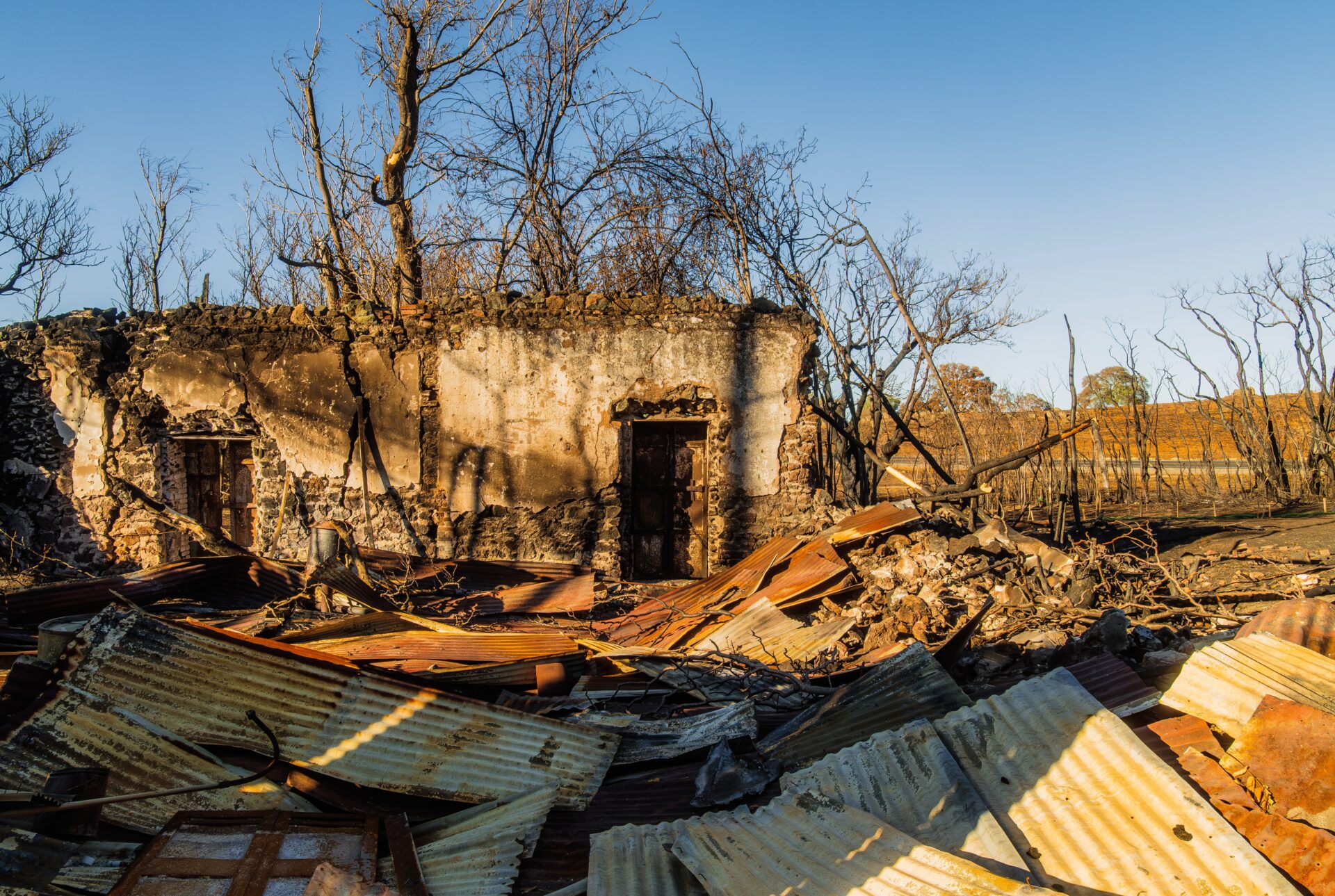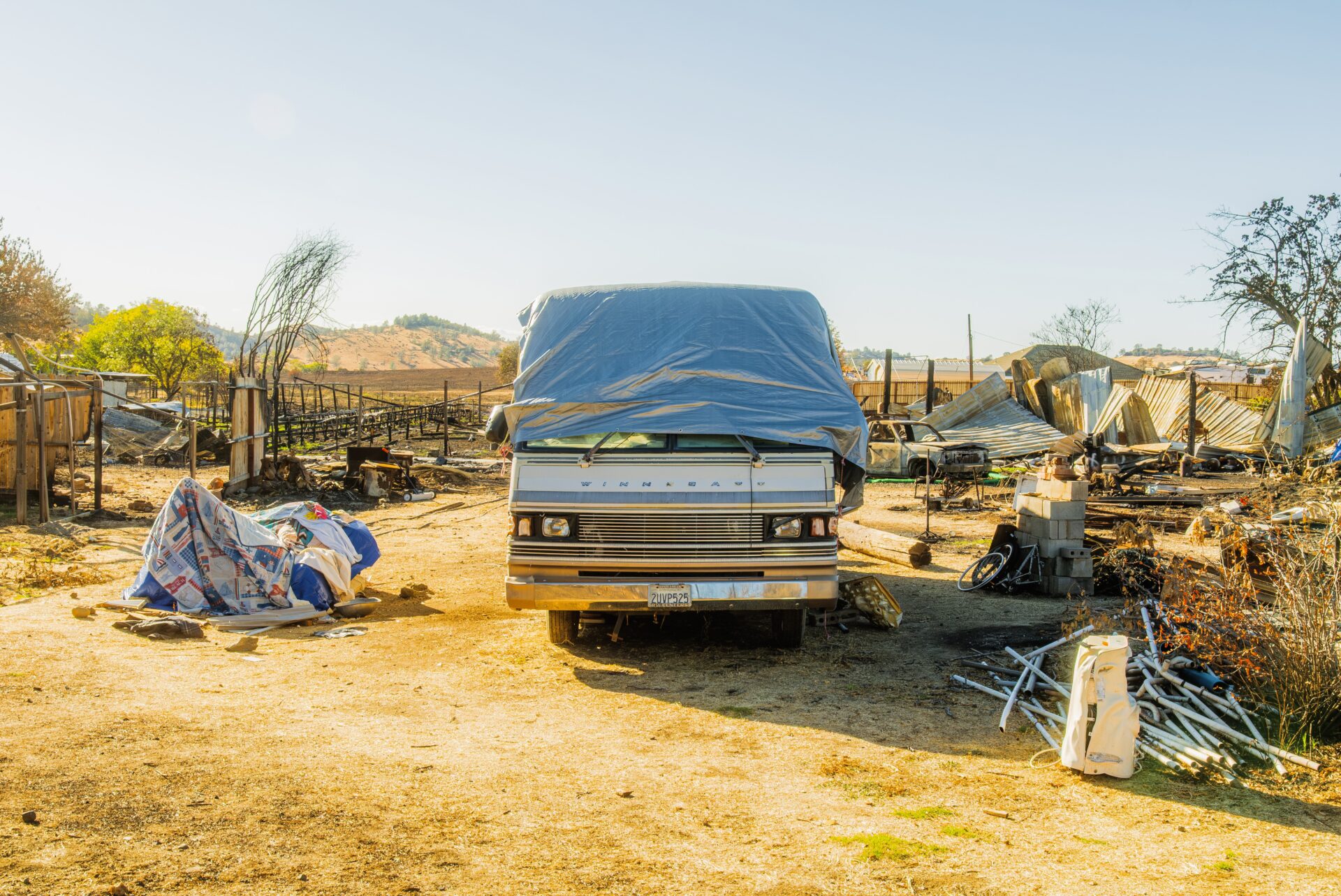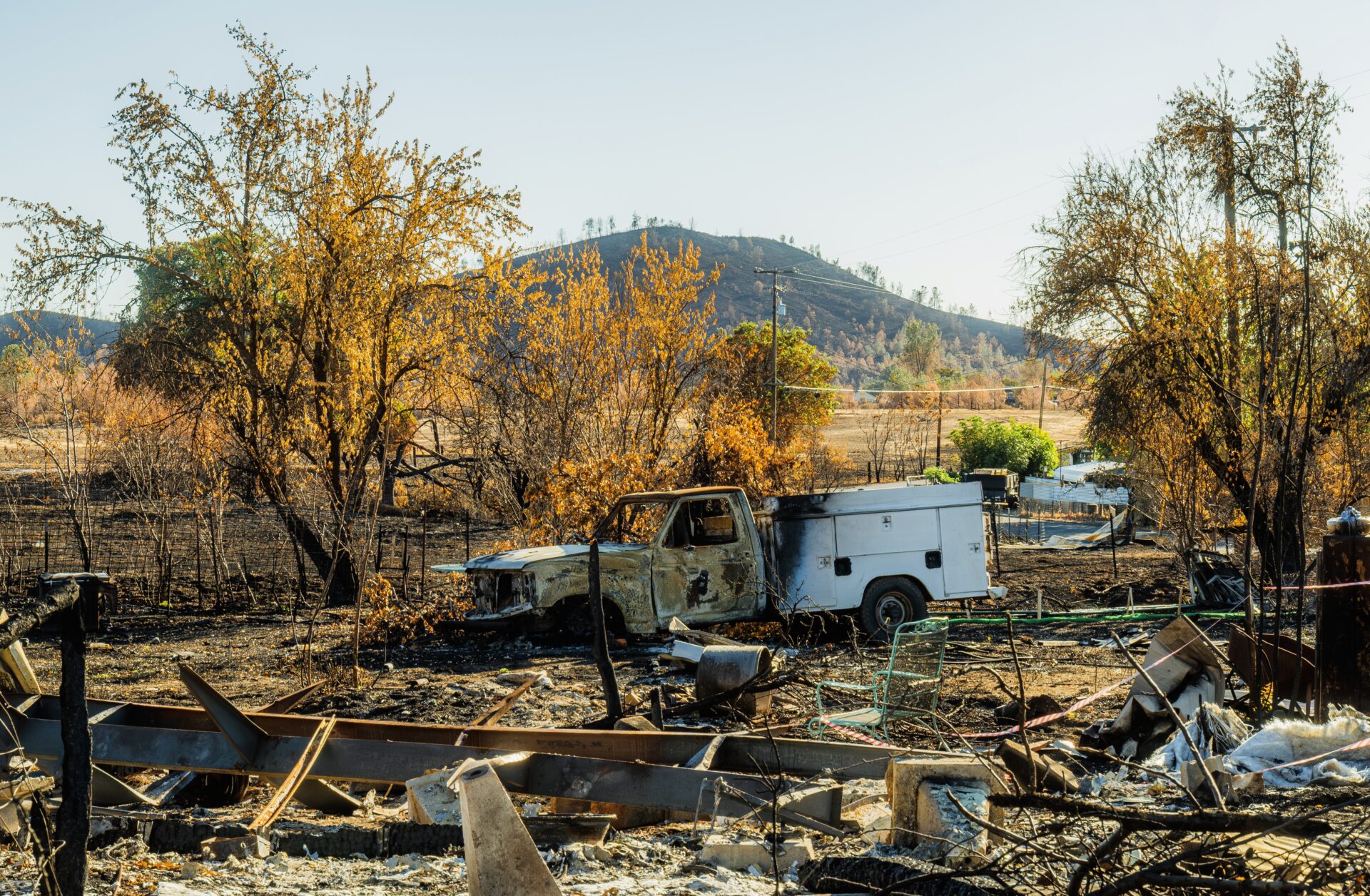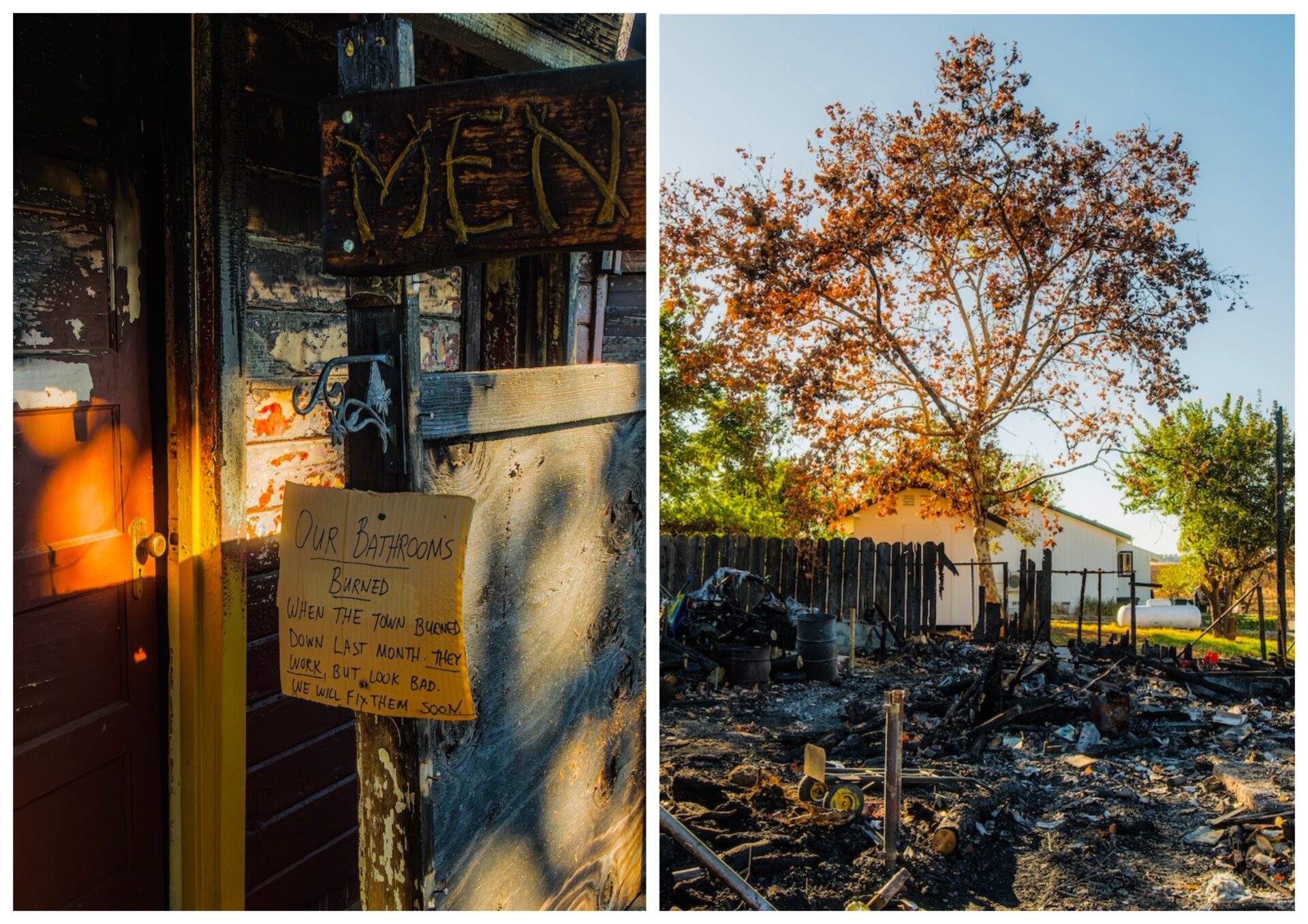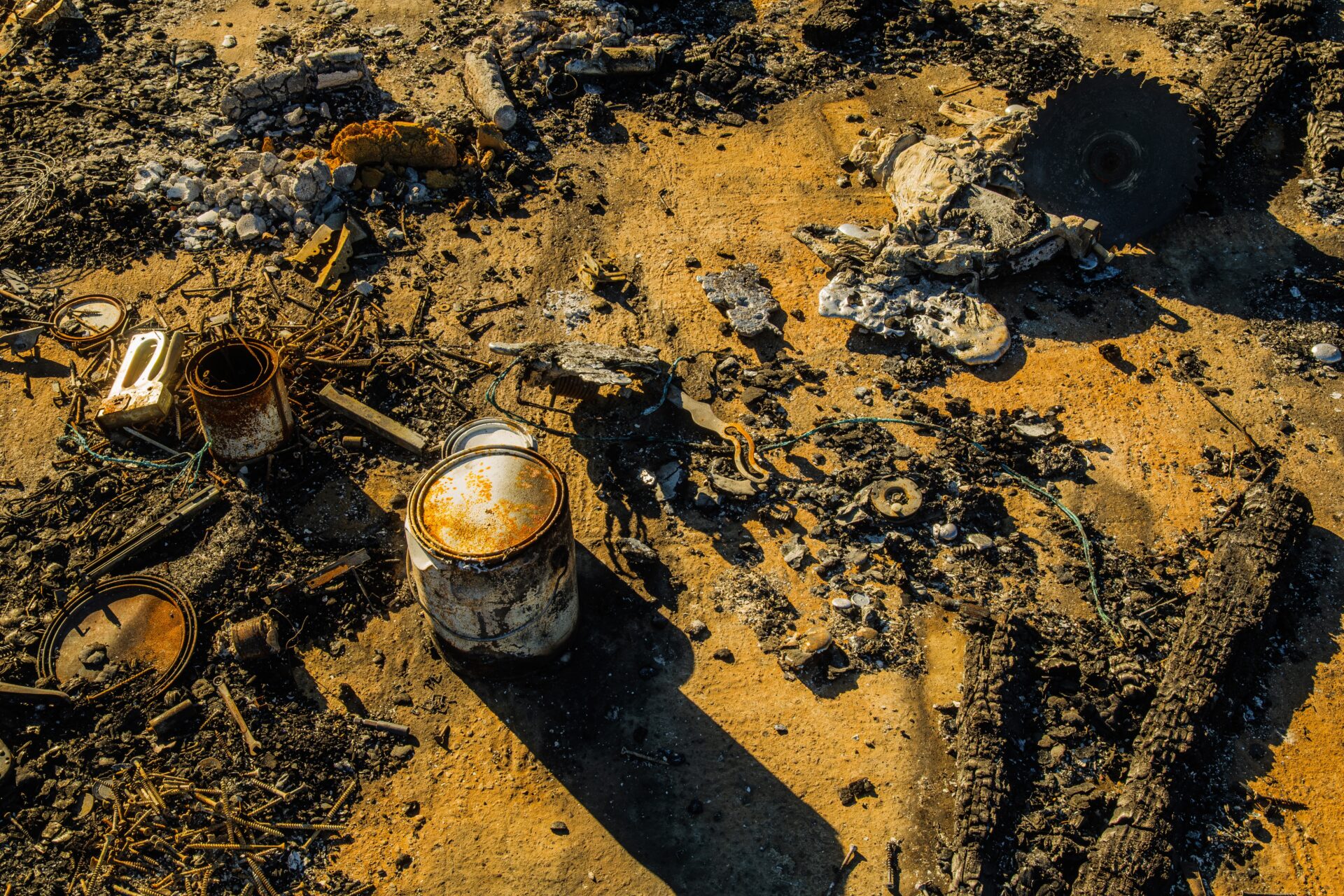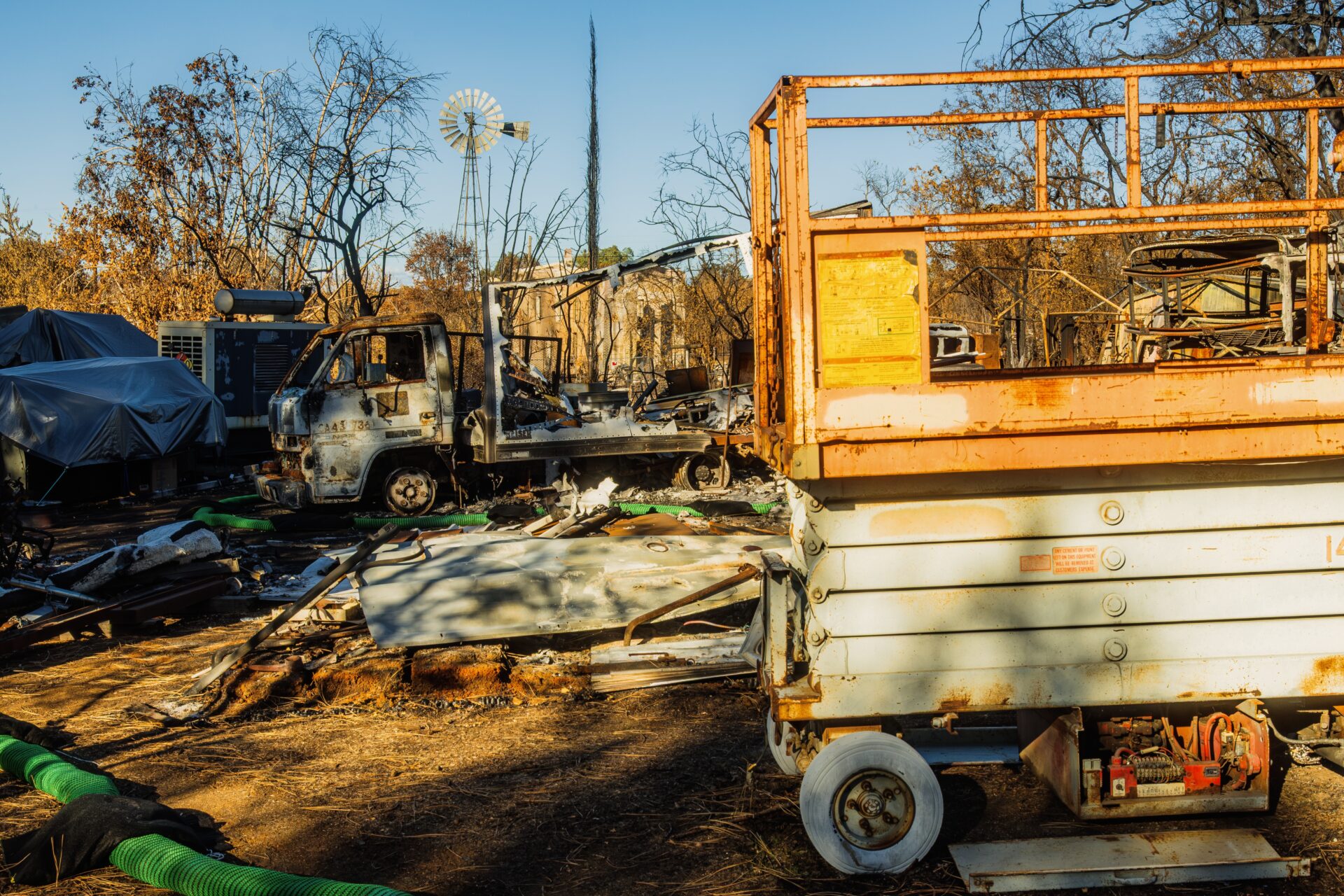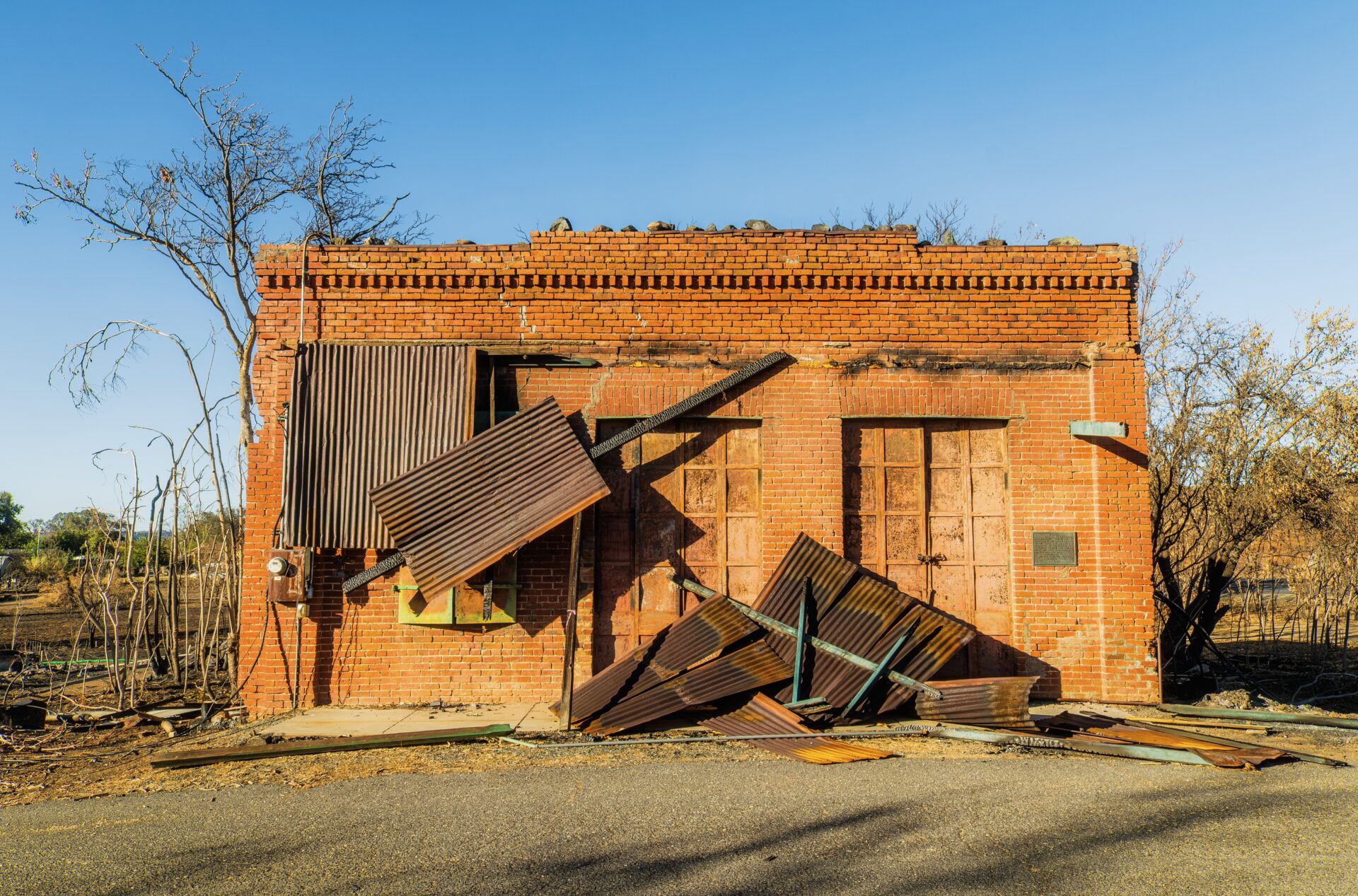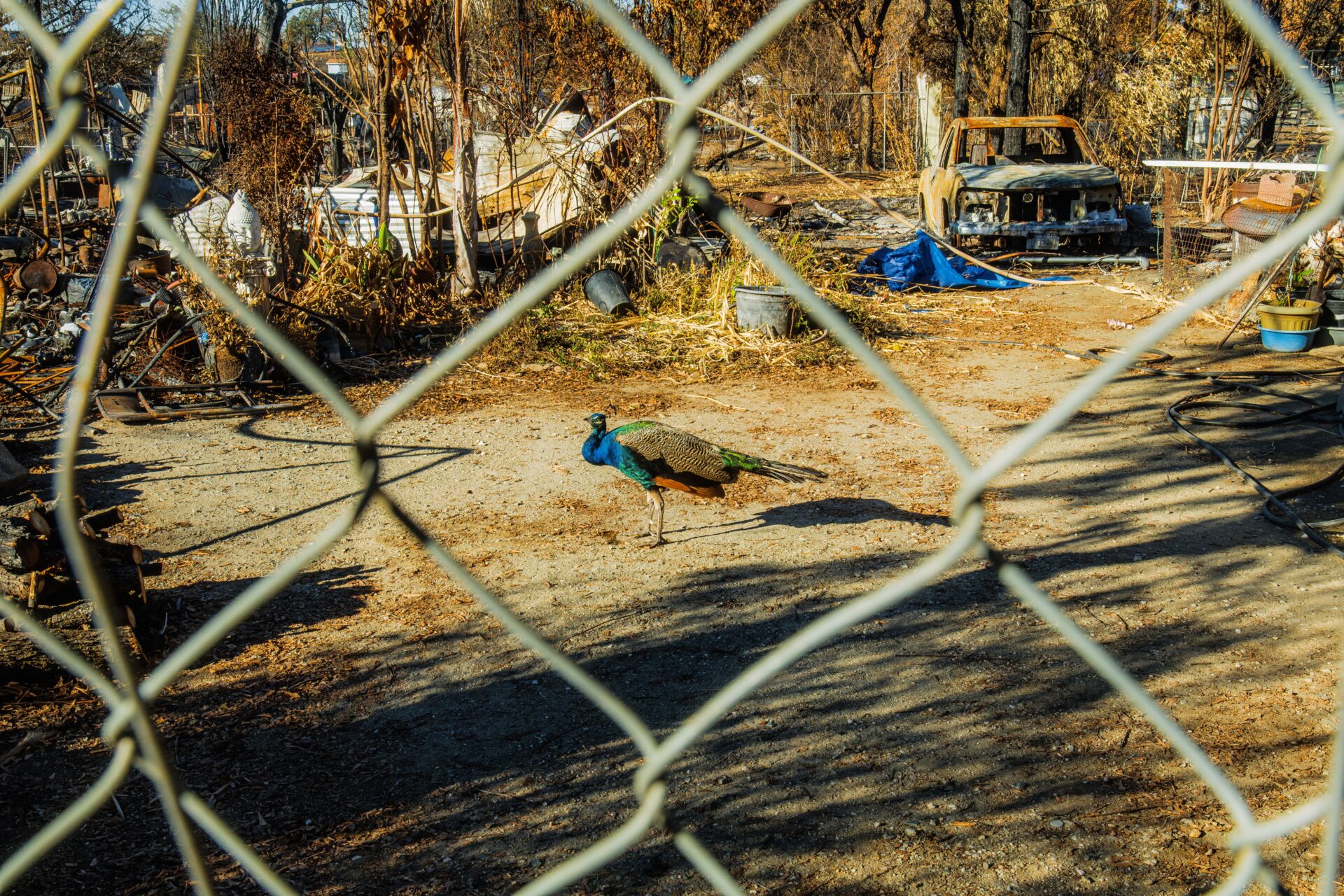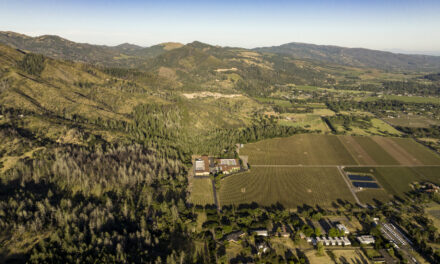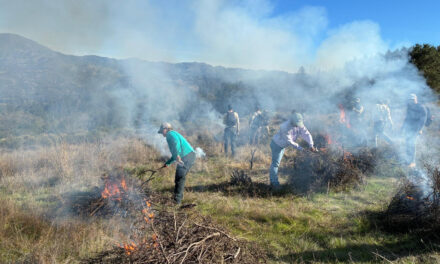After The Fire: Scenes from Chinese Camp
When lightning struck the dry hills near Chinese Camp on September 2, it ignited more than just a wildfire. Within a few hours, flames rushed through the dry fields and oak woodlands, consuming entire homes and reducing one of California’s oldest Gold Rush settlements to ash. For many residents who have seen the summers grow even longer and hotter, the speed of the fire was terrifying, although not entirely surprising.
Located off Highway 49 in Tuolumne County, Chinese Camp is a town full of history, surrounded by grassland and pines. Many Californians have driven by it on their way to Yosemite, passing its historic buildings without realizing that a community still endures there. Once home to thousands of miners and merchants during the Gold Rush, it had most recently been a quiet community of fewer than a hundred people. Its wooden homes, narrow roads, and limited infrastructure for fighting fires made it particularly vulnerable when the fires blazed through in September.
Photos by Tristan Moore.
For longtime resident Trefan, who has lived in Chinese Camp for more than 30 years and declined to give his last name, the loss was deeply personal. “I had no insurance, so I’m living out of my RV right now,” he says. “I’d been working on building an art studio for the residents and the children. It was supposed to be something for everyone.”
The fire, one of several sparked by lightning across the Sierra foothills, began past the ridge above town. Chuck Baker, who was in town on a recent weekend helping his mother sift through the rubble of the home she had lived in for 45 years, pointed toward the charred hillside.
“The fire started beyond that hill when lightning struck,” he says. “It burned all the way over here to the town before anyone could stop it.”
While firefighters managed to protect a few homes, most residents lost nearly everything. Among the few who didn’t was Richard, the owner of the Chinese Camp Store and Tavern, who also declined to provide his last name. “The fire was truly devastating,” he says. “We just feel lucky that our store and home survived, but we just feel so horrible for our neighbors.”
In the past month since the fire, recovery in Chinese Camp has taken many forms. Some residents have returned to clear debris and weigh whether to rebuild on their land or leave the area entirely. At a recent, packed community meeting, Tuolumne County District 4 Supervisor Steve Griefer described the situation as “a fork in the road” for residents, as county crews hurry to address the risk of erosion before winter rains arrive.
Volunteers from nearby towns have come together to help remove hazardous material, while local organizations have begun offering recovery grants. The Sonora Area Foundation raised around $160,000 at a fundraising event to distribute to residents who lost their homes, and the Tuolumne County Association of Realtors is providing up to $1,000 in housing relief for displaced families, according to local news reports.
For Chinese Camp residents, recovery first means finding housing and support for the long road ahead. With some residents uninsured and living in trailers or tents on their burnt lots, progress is slow. Yet among the uncertainty, there’s a determination to somehow rebuild.
Already, there are small signs of renewal. Some of the charred slopes are sprouting green shoots after the early autumn rains. Deer have been spotted again near the creek bed. And residents spoke of holding a community potluck to celebrate the town’s resilience once rebuilding can begin in earnest.
For a small town that has survived nearly two centuries of economic highs and lows, Chinese Camp’s future depends on this quiet resilience. The landscape has changed immensely, but the spirit that built this town still endures, grounded in history, now strengthened by fire, and ready to begin again.






